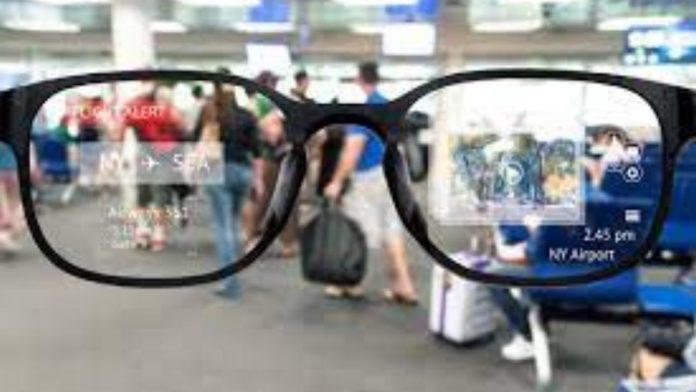Keeping up with the current pace of technological advancements, Augmented Reality (AR) smart glasses are asserting themselves as pivotal instruments, ushering in a profound transformation in productivity across diverse industries. Far from being mere futuristic accessories, these wearable devices are reshaping the professional landscape, influencing the very essence of how individuals work, collaborate, and seamlessly access information within the contemporary workplace.
Transforming Industries:
Industries across the spectrum, from manufacturing and logistics to healthcare and engineering, are witnessing a paradigm shift in their operations with the integration of AR smart glasses. These wearable devices offer a hands-free, heads-up display of relevant information, allowing workers to access critical data without diverting their attention from the task at hand. This technological evolution not only enhances operational efficiency but also fosters a safer and more streamlined work environment, as professionals can seamlessly integrate real-time data into their workflow, improving decision-making processes and overall productivity.
Real-World Applications:
One of the most compelling aspects of AR Smart Glasses – XREAL lies in their real-world applications, bringing a tangible impact on workplace efficiency. In remote collaboration, professionals can wear AR glasses to share their field of vision with remote colleagues, fostering real-time collaboration and troubleshooting. In fields like maintenance and repair, technicians can access relevant manuals and information directly in their line of sight, streamlining processes and reducing downtime.
Training Reinvented:
AR smart glasses have revolutionized training programs by offering immersive, hands-on experiences. For instance, in manufacturing, workers can receive step-by-step instructions overlaid onto their field of view, facilitating on-the-job training without the need for physical manuals or supervision. This not only accelerates the learning curve but also ensures a standardized approach to tasks.
Data Visualization:
Data visualization is another area where AR smart glasses shine. Professionals can use these glasses to visualize complex data sets in three-dimensional space, offering a more intuitive understanding of information. This capability is particularly beneficial in fields like architecture and design, where professionals can explore virtual prototypes and models with unprecedented clarity.
Benefits of Integration:
The integration of AR smart glasses into workplaces brings a plethora of benefits. Improved efficiency and accuracy, reduced error rates, and enhanced collaboration are among the key advantages. Professionals can access information hands-free, allowing them to focus on their tasks without the need to constantly refer to external devices. This not only saves time but also reduces the risk of errors associated with manual data retrieval.
What to Look Out for:
However, the integration of AR smart glasses is not without its challenges. Privacy concerns, security issues related to data transmission, and the learning curve associated with adopting new technology are some of the hurdles that organizations may face. Ensuring seamless integration and addressing these challenges requires careful planning and consideration.
Conclusion:
AR smart glasses are heralding a new era in workplace productivity, reshaping the traditional modes of operation across diverse industries. The real-world applications, from remote collaboration to training and data visualization, showcase the versatility and transformative potential of these devices. As organizations navigate the integration of AR smart glasses into their work environments, the benefits in terms of efficiency and collaboration are clear, but a thoughtful approach is essential to overcome challenges and maximize the positive impact of this groundbreaking technology.










